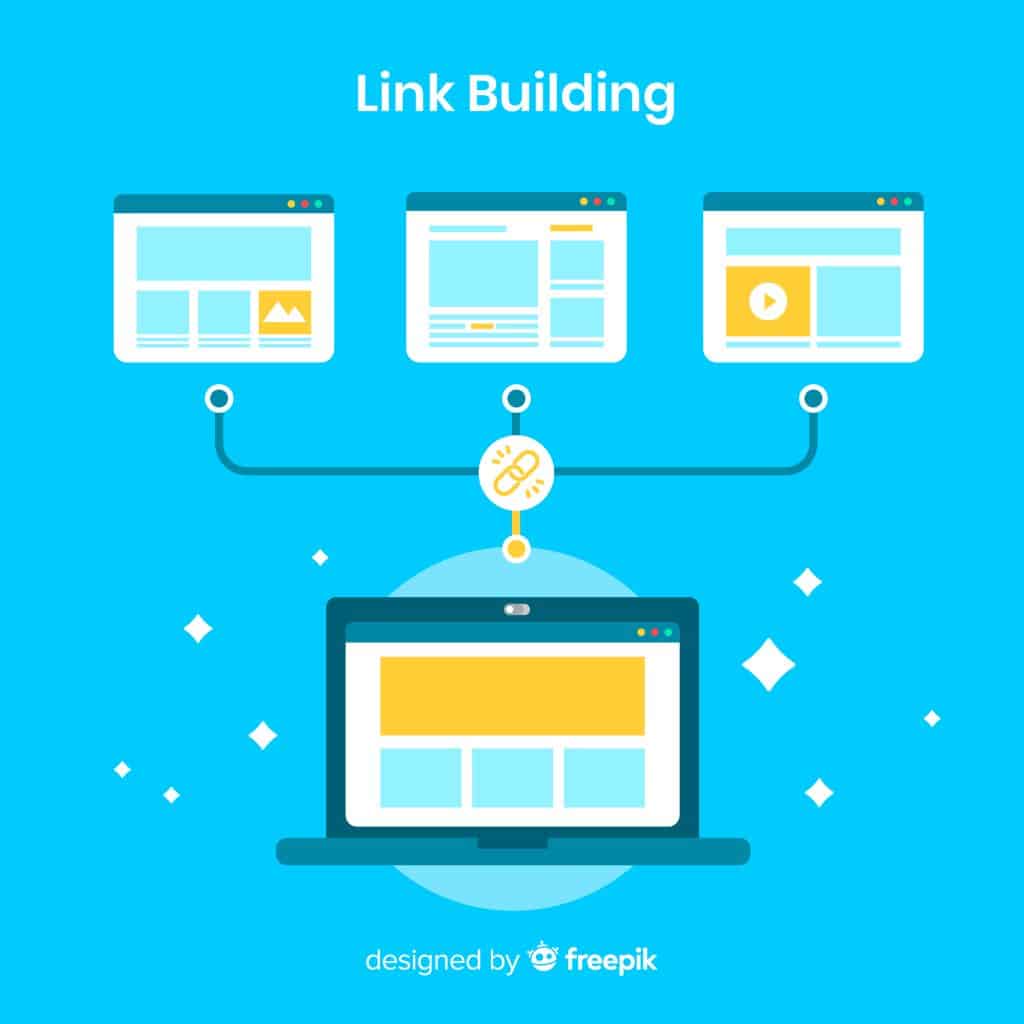Essential Tips for Choosing the Right Car Accident Lawyer

Experiencing the aftermath of a vehicle collision can leave you feeling overwhelmed, filled with anxiety, and unclear about what lies ahead. Typically, the initial move to tackle the legal and financial obstacles that come after is to find suitable legal counsel. An experienced car accident attorney can significantly reduce anxiety, protect your entitlements, and guarantee just compensation. With numerous choices, it’s vital to understand how to pick the right attorney for your unique situation. This piece offers essential guidelines for identifying a car accident lawyer prepared to manage your case skillfully and carefully.
Experience in Car Accident Cases
A crucial element in selecting the appropriate car accident attorney is their prior involvement with situations akin to yours. It is essential to target lawyers concentrating on personal injury law, especially those with a proven car accident case history. Such a focus guarantees that the attorney understands the specific details related to these matters, including traffic safety regulations, common injury claims, and tactics for negotiating with insurance providers. By opting for a specialist, you equip yourself with more knowledgeable advice to optimize your financial recovery. Understanding how to find the right car accident lawyer can help you confidently navigate the selection process and secure the best legal representation for your case.
Evaluating Client Testimonials and Reviews
A crucial element in selecting an appropriate lawyer for a car accident is their background, which has instances akin to yours. It is vital to target attorneys who concentrate on personal injury law, particularly those who have successfully handled car accident disputes. This area of expertise guarantees that the lawyer is well-versed in the specific details relevant to these matters, including traffic regulations, common injury assertions, and tactics for negotiating with insurance providers. Opting for a specialist increases your chances of receiving knowledgeable advice to optimize your compensation. Knowing how to locate the ideal attorney for a car accident can assist you in confidently managing the decision-making process and obtaining the finest legal support for your situation.
Importance of Transparent Communication
Transparent and direct communication is a defining feature of an effective lawyer-client partnership. In the first meetings, assess how well the lawyer conveys intricate legal concepts in a way that is easy to grasp. A lawyer who pays close attention to your worries and offers clear answers is more likely to advocate for your best interests efficiently. Additionally, ask about their accessibility throughout your case and what modes of communication they prefer to facilitate smooth information sharing.
Understanding Fee Structures
Legal expenses can be essential when selecting an attorney, particularly in personal injury situations where obtaining financial compensation is a key objective. Most automobile accident attorneys operate on a contingency fee model, which indicates they receive payment only if you achieve a favorable outcome in your case. This setup can ease initial financial burdens, broadening access to legal assistance for a larger group of people. Nonetheless, it is essential to converse about and grasp all relevant fee arrangements, which may encompass possible court expenses and charges for expert witnesses or obtaining documents, to prevent unexpected issues down the line.
Personalized Attention and Support
Each automobile collision scenario has distinct situations and obstacles; therefore, obtaining legal assistance from an attorney who provides tailored focus is advantageous. Determine if the attorney who performs your first meeting will be the one managing your case directly or if it will be transferred to different colleagues. Individualized attention guarantees that your lawyer is deeply familiar with the details of your situation, resulting in more tactical and personalized advocacy.
Conclusion
Choosing the appropriate attorney for a car accident can significantly impact the direction and results of your situation. By concentrating on specific expertise, appreciating client feedback, maintaining open communication, grasping fee arrangements, and emphasizing individual care, you can make an informed choice that meets your requirements. A careful selection of legal counsel can improve your odds of a positive result and offer comfort during a challenging period, enabling you to concentrate on healing and progressing.



